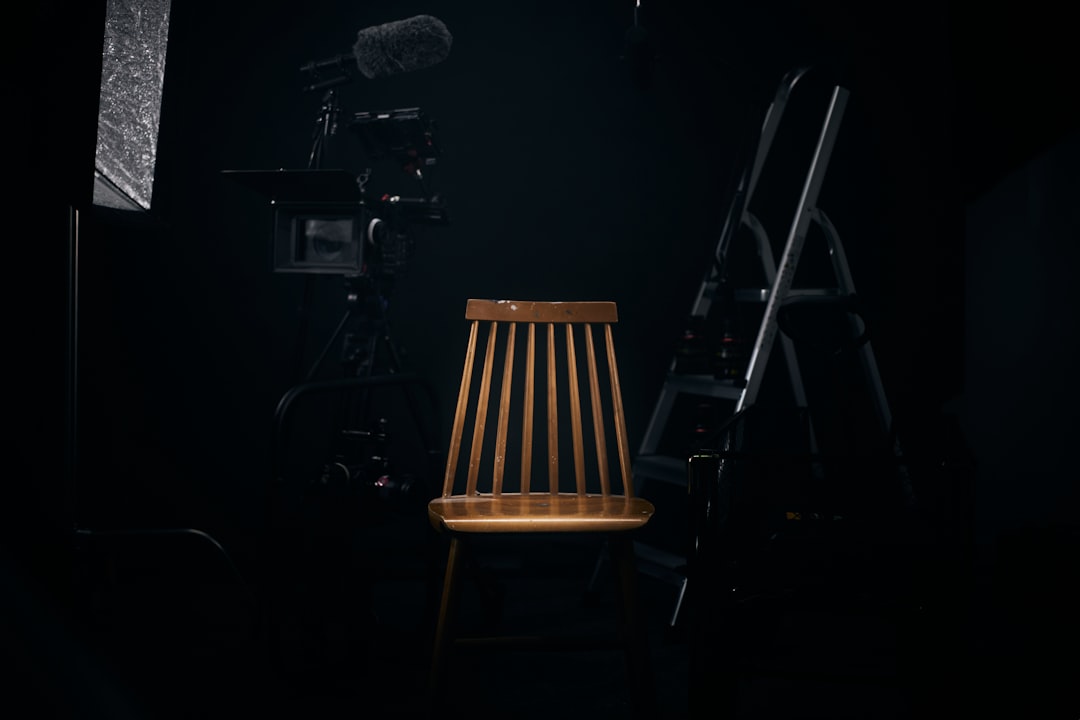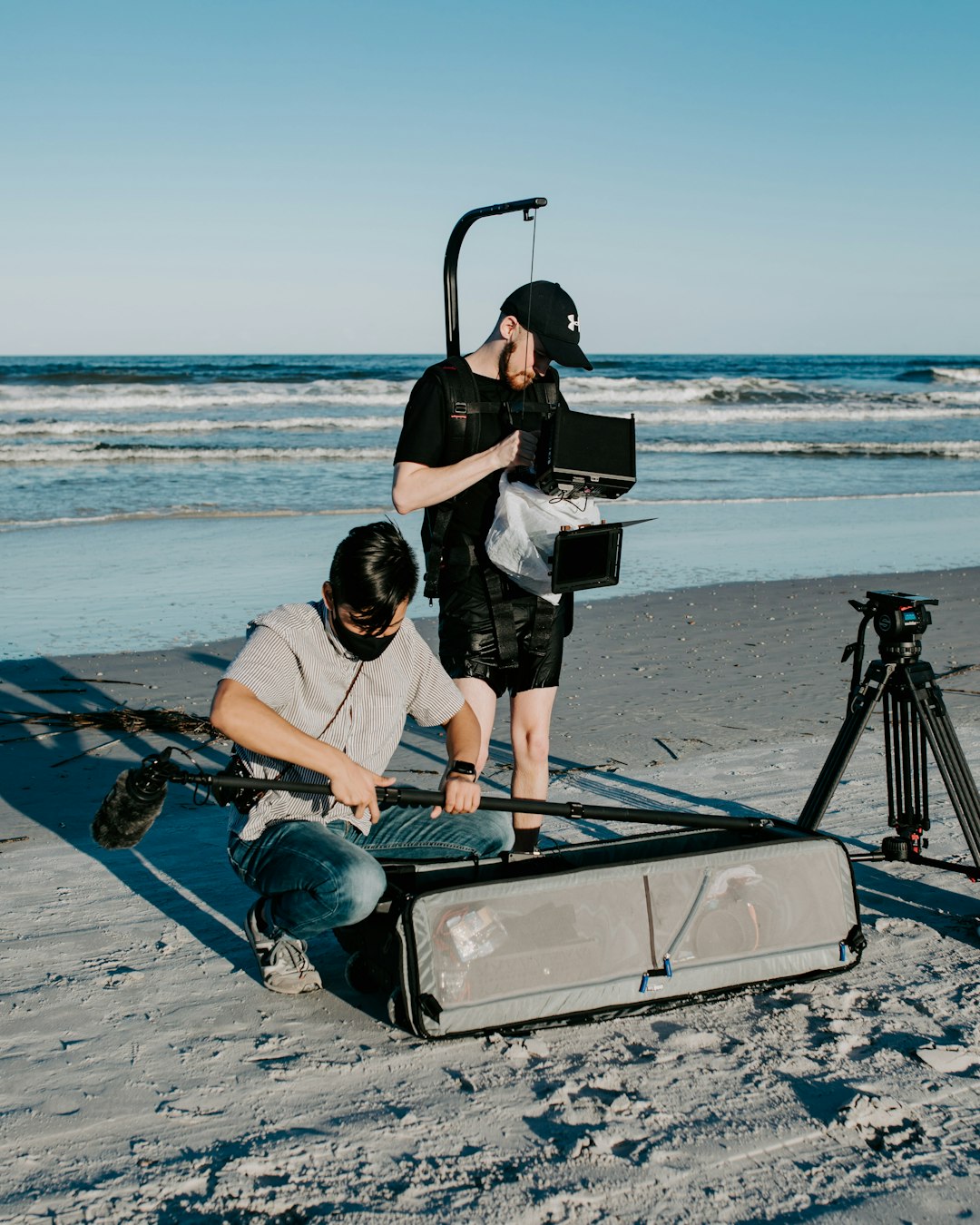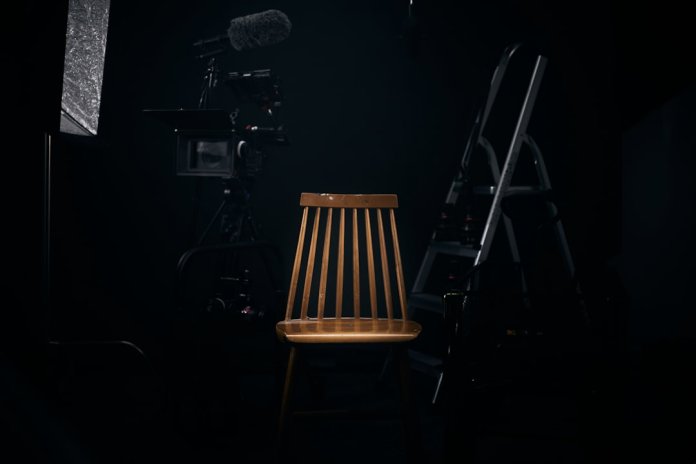Visual content is at the core of modern marketing strategies. Businesses, brands, and professionals regularly face a crucial decision: whether to invest in a photo shoot or an advertising (ad) shoot. While both play important roles in content creation, the choice between the two often depends on the intended objectives and the target audience. Understanding their differences and applications is key to maximizing brand value and communication effectiveness.
Understanding the Core Differences
Though a photo shoot and an ad shoot may appear similar on the surface, they differ significantly in scope, purpose, and intended outcomes.
- Photo Shoot: Typically focuses on capturing high-quality images for various uses such as product catalogs, lifestyle branding, portraits, or event documentation. The emphasis is often on aesthetics and showcasing the subject in the best light.
- Ad Shoot: Encompasses a much broader objective. It is usually concept-driven and aims to convey a message or persuade an audience to take action. Ad shoots are tightly linked to campaigns with specific goals like increasing sales, driving traffic, or promoting awareness.
Determining Objectives: What Are You Trying to Achieve?
The first step in choosing between a photo shoot and an ad shoot is to clearly define your campaign or brand objective. Consider what you want your visual content to accomplish, and how it aligns with your overall marketing goals.
When to Choose a Photo Shoot
Opt for a photo shoot when your core objective is one or more of the following:
- Product Display: You want clean, detailed images of products for your website or catalog.
- Branding: You aim to capture lifestyle imagery that reflects your brand’s aesthetic or values.
- Portfolio Development: You need content to showcase for resumes, websites, or creative portfolios.
- Press and Publications: You are preparing visual material for media kits, editorials, or interviews.
In these cases, a photo shoot focuses on controlled environments, specific angles, lighting setups, and generally has a lower cost compared to full-scale ad production.
When to Choose an Ad Shoot
Ad shoots are more complex and suited when the following objectives are in mind:
- Campaigns: You are launching an integrated marketing effort with defined messaging and distribution channels.
- Conversion: Your primary goal is to drive purchases, sign-ups, or leads through persuasive imagery.
- Storytelling: You need visuals that support a narrative or positioning statement about your brand.
- Audience Targeting: You are tailoring content for a specific demographic, behavioral, or psychographic profile.
These shoots require deeper collaboration across creative teams—copywriters, art directors, and marketing professionals—and often include video components as well.

Identifying and Understanding Your Target Audience
Another pivotal factor in deciding between a photo or ad shoot is your audience. The more detailed your audience profile, the clearer your decision will be. Audience characteristics influence not just the type of content you produce, but also the visual tone, style, format, and distribution method.
General Audience vs Specific Segment
If you’re targeting a broad range of viewers—for example, showcasing your jewelry line on a general e-commerce platform—a photo shoot may be sufficient. It allows you to feature your products in a consistent and appealing format without necessarily crafting a specific narrative.
However, when your content needs resonate with emotions, values, aspirations, or even the pain points of a specialized audience—say 30-40-year-old eco-conscious parents—a full ad shoot may be the better path. It enables nuance in storytelling, scene-setting, and scripting that a still photo may not capture alone.
Platform-Specific Content
Consider where your visuals will appear. Social media platforms like Instagram, Facebook, TikTok, and YouTube require different content types and styles. While platforms like Instagram may benefit from magazine-quality photo shoots, others like YouTube or Facebook may be more conducive to ad-style content optimized for engagement.
Budget and Resource Considerations
Budget constraints often play a decisive role in content strategy. Generally, photo shoots are less costly and have fewer logistical demands. They require minimal crew, simpler setups, and shorter planning times. A product photography session, for instance, may involve only a photographer, a stylist, and basic lighting equipment.
Ad shoots, on the other hand, are investments. They often involve entire production crews, set designers, actors, scriptwriters, and post-production editing. The time, logistics, and cost increase proportionally, but so do potential returns when executed effectively.

Creative Control vs Strategic Messaging
Photo shoots provide a high degree of creative control to the photographer and brand. Elements like composition, styling, and visual consistency are carefully curated. This works well when building or maintaining a visual identity.
Ad shoots lean more toward strategic messaging. They’re not only about aesthetics but also about principles of psychology, consumer behavior, and call-to-action clarity. This doesn’t mean they lack creativity—it just means that creativity is harnessed within the framework of the messaging.
Scenarios and Case Studies
Scenario 1: A Fashion Brand Launches a New Collection
The brand has a limited budget and needs high-quality visuals for website listings. A photo shoot with models displaying the clothes in studio and on-location shots fits the purpose. The goal is visual representation without broad messaging.
Scenario 2: A Startup Introduces a Sustainability-Focused Product
The startup wants to launch a multi-platform campaign targeting environmentally conscious consumers. A full ad shoot involving storyboarding, on-camera testimonials, and emotional storytelling will better connect the message with the target audience. This requires more resources, but serves a broader, long-term strategic goal.
Scenario 3: Corporate Employer Branding
A tech company wants to highlight its employee-centered culture to attract top talent. A blend of photo shoots (team portraits, work environment) and ad-style mini-documentaries could offer both authenticity and emotional connectivity.
Recommendations and Final Thoughts
If your aim is clear, your audience well defined, and your resources understood, the decision between a photo shoot and an ad shoot becomes far easier. Here are some final recommendations:
- Start with your strategy: Know what you need before choosing how to capture it.
- Don’t underestimate audience insight: Create personas and user journeys to inform visual direction.
- Consider combining both: Some campaigns benefit from photo and ad content used in complementary ways.
- Measure outcomes: Post-launch analytics can help you refine future approaches.

Ultimately, the right choice reflects the harmony between your brand message, visual content, and the people it’s intended to reach. Choose wisely, and not only will your content stand out—it will resonate.
